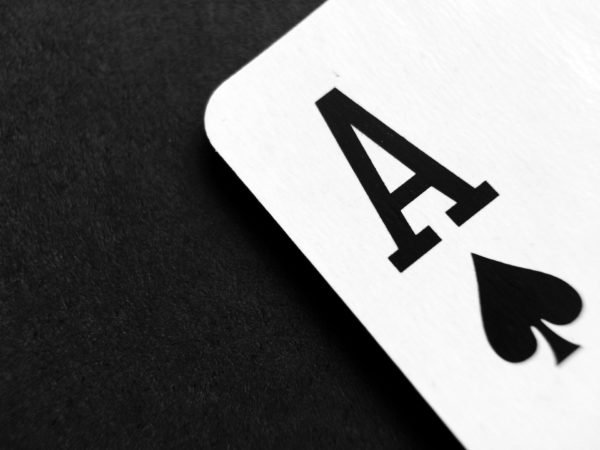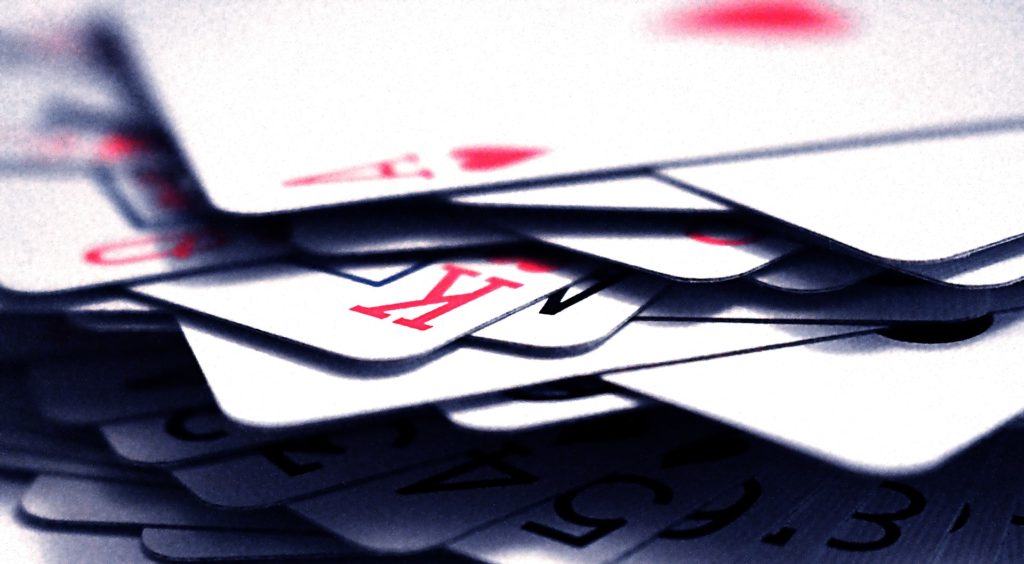On the surface, there is nothing out of the ordinary at a typical game of Texas Hold’em. Playing cards, chips, a dealer button, and eager players are pretty much all that’s required at the poker table. If you’re new to the world of poker and you’re looking to gain some experience before you dive into the competitive arena, you can sign up to play live Hold’em Poker at Mansion UK. Experienced players routinely take their game off-line to live poker events and that’s precisely where RFID cards are used in competitive poker tournaments. The advent of cutting-edge technology has put paid to the notion of rudimentary poker games. Nowadays, many poker rooms are utilizing Radio-Frequency Identification (RFID) capabilities in playing cards with unbelievable applications that extend well beyond the table and its players. Poker aficionados are well aware how RFID technology works.
Anyone who watches live streaming poker tournaments understands the importance of this technology, otherwise known as ‘Hole Card’ technology. Radio-frequency identification doesn’t need cameras – the cards come ready-made with RFID chips. The poker tables have ‘readers’ strategically positioned on the table to automatically identify the cards that are being dealt, and then relay that information to software programs that compute winning possibilities, hand strengths, and all manner of poker probabilities. RFID technology can also be implemented in poker chips, allowing for instant calculations of chip stack sizes, bet sizes, poker pots, and the like.
Why Is Hole Card Information Needed in Poker Games?

The Hole Cards are the cards that are dealt face down on the table. These cards are not known to other players, except the players who receive them. However, the RFID readers can calculate the winning probabilities of every player sitting at the table, based on RFID technology. Of course, the radio frequency that is used with this groundbreaking technology is only effective when the wireless transmission of data is in contact with the readers. Unlike RFID technology used on clothing items which will sound the alarm when the sensor picks up the signal a few feet away, this technology can only transmit the signal when it is right there. Naturally, this technology raises a few red flags, particularly the integrity of the data which can be intercepted by hackers.
Theoretically, all that’s required is a micro-reader with powerful transmitting capabilities for anyone on the rail, or at the table to receive information about hole cards at a table. Fortunately, the high-tech poker tables and the cards with RFID technology are encrypted, and complex software is needed to decipher the information. High and low frequency tags are available, the latter with no power source whatsoever. In order to function, low-frequency tags must be positioned next to RFID readers. These sensors measure minuscule differences in currents from one end of the tag’s antenna to the other. Its groundbreaking technology for poker players, and already hackers are supposedly onto it. A story recently broke of a Las Vegas poker player currently embroiled in a $10 million civil suit which accuses him of cheating at a California casino.
By using wire communication technology while playing a poker game, Mike Postle was allegedly able to get the one up on his opponents by knowing ahead of time what cards they were holding at the table. The information can be relayed visually through a screen on a smartphone or smartwatch, or through a hearing aid which transmits a series of beeps, or voice-actuated commands. This Las Vegas Valley poker player is likely to face felony charges, a testament to the seriousness of interfering with fully licensed and regulated gambling games in the Silver State.




You seem to be saying that Mike Postle was reading the RFID cards on the table. That is highly unlikely. Even if he had some type of reader, the reader would first need to be strong enough to read cards at any seat at the table. It also would read EVERY tag and would have no way of choosing which cards were on which spot. It would even read the cards that have been mucked. Oh, and if the cards were on top of each other, that would make it harder. And it would provide him the tag numbers of the cards not the cards themselves. Not going into the case itself, but I don’t believe he was reading the cards.